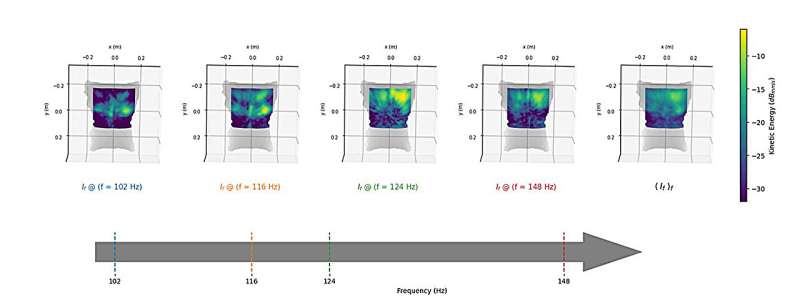The thorax, the part of the body between the neck and abdomen, provides medical professionals with a valuable window into a patient’s respiratory health. By evaluating sound vibrations produced by the airflow induced within the lungs and bronchial tree during normal breathing as well as those produced by the larynx during vocalizations, doctors can identify potential disease-related abnormalities within the respiratory system.
But, among other shortcomings, common respiratory assessments can be subjective and are only as good as the quality of the exam. While the advent of multipoint electronic stethoscopes has helped in terms of identifying abnormalities during normal breathing, there remains a dearth of technological devices that can help characterize surface vibrations produced by vocalizations.
In AIP Advances, a team of French researchers demonstrated the efficacy of ultrasound technology to detect low-amplitude movements produced by vocalizations at the surface of the chest. They also demonstrated the possibility of using the “airborne ultrasound surface motion camera” (AUSMC) to map these vibrations during short durations so as to illustrate their evolution.

